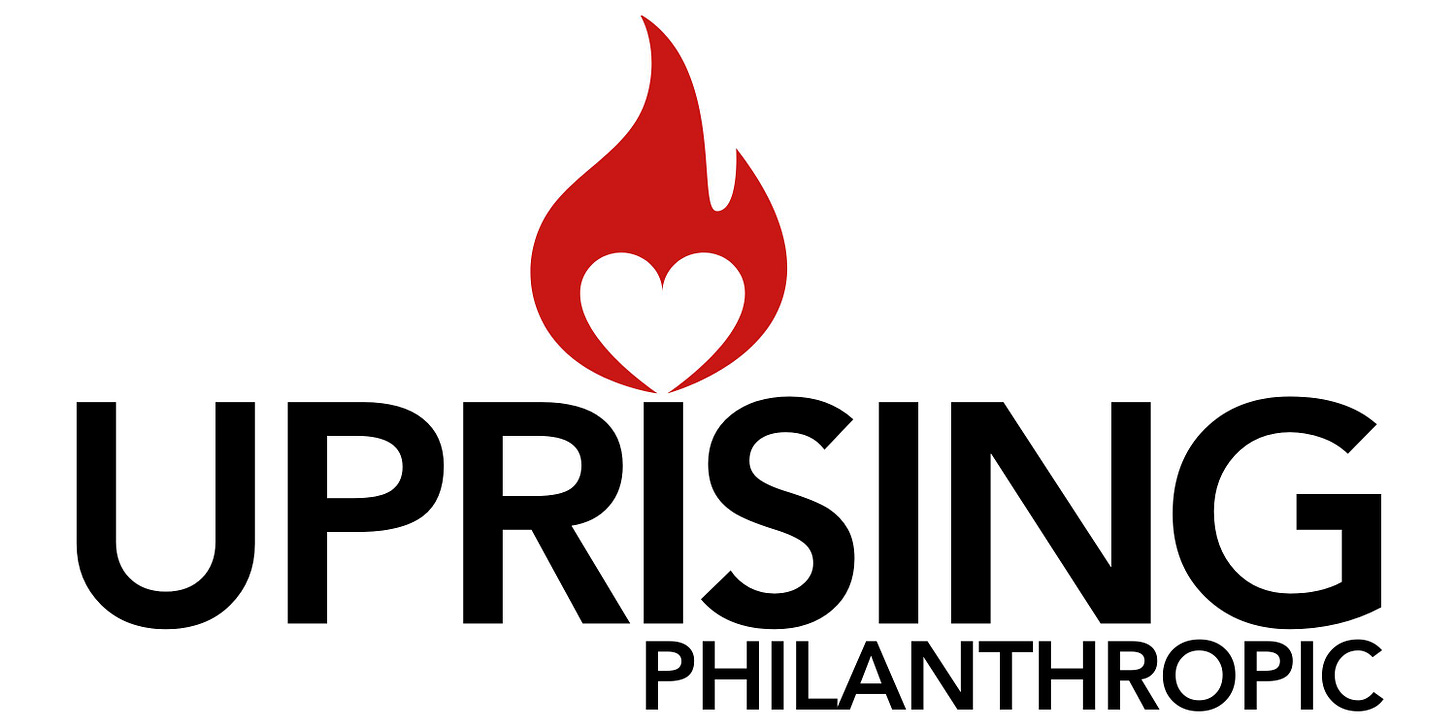An Epidemic of Violence Requires Epidemic Level Funding.
Anything less is a failure of public policy.
This week marks five years since the deadliest mass shooting in Canadian history. On April 18 and 19, 2020, in the midst of a global pandemic, a man disguised as an RCMP officer drove from Portapique to Enfield, Nova Scotia, killing 22 people — including a pregnant woman. His murderous rampage began in his own home with his partner, a woman he had spent a lifetime abusing. We must never forget that this horrific act of mass violence began with intimate partner violence (IPV).
Since that day, advocates, researchers, and survivors have been sounding the alarm that gender-based violence (GBV) is not a peripheral issue — it is a central and pressing crisis. For example, my friend and co-conspirator, Kristina Fifield, has spent the last five years pushing for Nova Scotia to acknowledge this reality. She has worked alongside others to compel the Mass Casualty Commission and the broader government to recognize the misogynistic roots of the shooter’s actions and to take GBV and IPV seriously.
Last week, I attended the second annual Gender-Based Violence Summit, held on the South Shore of Nova Scotia. Organized by a coalition of community-based organizations, the event was a thoughtfully cultivated space, created with care and intention. The focus was on building a future vision, while acknowledging the urgent needs facing the sector today. I was only able to attend the first day, but even in those few hours, I was deeply moved by the collective presence of organizers, advocates, activists, and community members gathered in one space.
We need more of these spaces. If we are truly committed to shifting the culture of misogyny and violence in Nova Scotia, then community-led, survivor-centered gatherings like this must be prioritized and funded.
Yet, the realities we face are grim.
Nova Scotia has the highest reported rates of IPV in the country. We are the province where the largest mass casualty event in Canada took place. Over the past six months, we have seen a disturbing rise in femicides. GBV has been declared an epidemic in this province. And still, when organizations at the Summit asked provincial officials about core funding, the responses were shocking:
“Look how much we are already spending!”
“Project-based funding allows people to innovate.”
Let’s be clear: you cannot “innovate” your way out of a crisis. That is a ridiculous and dangerous notion.
Core Funding Is Essential.
As a fundraiser with 20 years of experience, I have watched frontline social service organizations face a steady erosion of core funding. Federal and provincial governments have pulled back on operational support, particularly in rural and remote communities. I recently had coffee with a man who worked in international development and community building in the early 1990s. He noted that at that time, over 80% of organizational budgets were government funded, allowing nonprofits to focus on real problem-solving and genuine innovation. Over the past four decades, this landscape has changed dramatically. Today — despite skyrocketing community needs — nonprofits and charities are scrambling just to stay open.
This is an untenable situation.
How has funding become a bad word in government, when it means prioritizing the safety, well-being, and dignity of our most marginalized communities? The simple answer - that long-term core funding means absorbing costs into government budgets and a "fear" that organizations will become "dependent" on that money - is an unacceptable stance for our elected representatives to take.
Let’s look at the numbers.
Nova Scotia’s government has an annual budget of $17 billion. The total amount spent on GBV-related services is approximately $100 million — that’s just 0.058% of the overall spend.
Here’s how that money is distributed:
$25 million is allocated through the “Opportunities & Social Development” portfolio. This amount is shared across 18 services, including Child & Family Wellbeing, Homelessness, and the Nova Scotia Advisory Council on the Status of Women.
The bulk of this goes toward transitional housing for women and gender-diverse people fleeing violence. For example, $13 million is split among a dozen transition houses across the province.
The Justice & Public Prosecution Service receives funds to address human trafficking and to support criminal injuries counselling and victim services. These are reactive investments that, while important, do little to prevent violence.
The Office of Addictions and Mental Health provides funding for sexual assault nurse examiners and sexualized health. That this falls under the mental health portfolio reflects a deeper stigma: framing sexual violence primarily as a mental health issue burdens survivors with added shame and isolation.
What appears to be a significant investment is in fact spread thinly across seven government departments and 32 programs, supporting an untold number of nonprofits. The result? Fragmented, inadequate, and unreliable support.
At last week’s Summit, more than 160 people registered to attend. Many work on the frontlines of this epidemic. Many are volunteers. Many run entirely unfunded organizations because they are survivors themselves, and they refuse to let others go without the care they once needed.
So no, $100 million is not nearly enough.
An epidemic requires epidemic-level funding.
We know this because we’ve seen what it looks like. During the COVID-19 pandemic, governments across Canada collaborated to support vulnerable populations. Emergency funding was created, testing sites were set up, and clear strategies were put in place. It wasn’t perfect, but it proved that when there is political will, coordinated action, and prioritized funding, governments can effectively support the response to a crisis.
So why not treat gender-based violence the same way?
Why are governments so quick to declare GBV an epidemic, and yet so unwilling to fund the response at a level that reflects its severity?
Actions Speak Louder Than Words.
What they are saying with their budgeting speaks the truth - they don’t actually see it as a crisis. In 2024, former Nova Scotia Minister of Justice Brad Johns infamously said that domestic violence was “not really an epidemic.” While his comments caused widespread outrage and ultimately cost him his position, he was voicing what we can all see with the lack of prioritized funding : that this isn’t urgent. That it doesn’t require transformative investment. That we can “project-fund” our way out of it.
Let me offer a parallel.
Imagine if, during the pandemic, government officials had said:
“We already spend a lot on PPE.”
“We give hospitals project funding so they can innovate!”
The public would have been outraged. There would have been protests, calls to action, and relentless pressure for accountability.
Now imagine that same rhetoric being applied to GBV: that the solution lies in creativity, not core funding. It is equally absurd.
Core funding is non-negotiable when we are talking about equity and justice. Marginalized communities are already underfunded and under-resourced. To ask them to innovate their way out of systemic violence is not only insulting — it’s deeply irresponsible.
You cannot be innovative when your paycheque is uncertain. Organizations cannot build long-term solutions when their funding is tied to short-term election cycles. Fundraising and revenue diversification are important, but they take time. Fundraising will never fully replace the need for core, stable, government investment.
We live in a province that found $85 million to remove bridge tolls in Halifax — a move no one was asking for — but can’t seem to find the resources to double or triple investment in GBV programs and services across the province.
Show me where you put your money, and I will show you what really matters to you.
We are calling that out. We are pushing back. We are not going anywhere.
In solidarity my friends,
Liz LeClair







